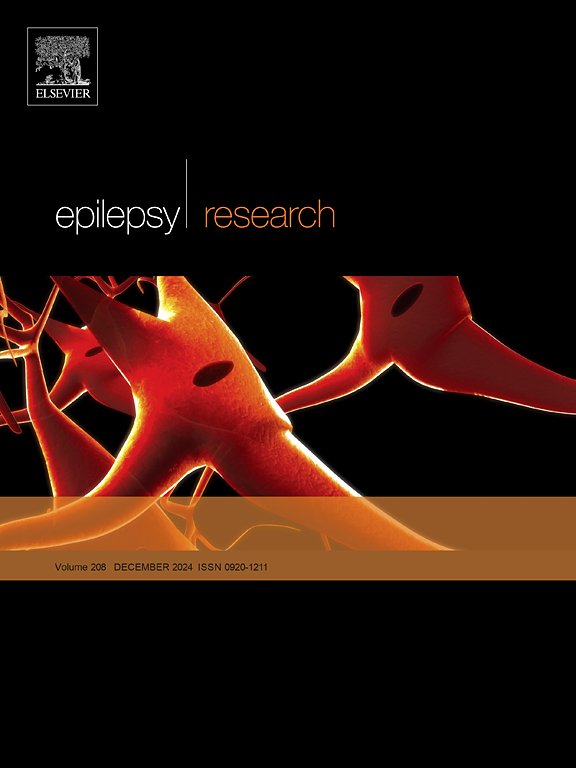在癫痫发作视频中进行人脸互换以识别患者身份
IF 2
4区 医学
Q3 CLINICAL NEUROLOGY
引用次数: 0
摘要
目标本研究旨在测试应用于癫痫发作视频的不同人工智能换脸模型,目的是在保护患者隐私的同时保留对临床有用的发作符号学。我们假设,与原始临床视频相比,特定模型将显示出在符号学保真度方面的差异。方法我们采用了三种开源模型:SimSwap、MobileFaceSwap 和 GHOST 进行换脸。每个模型都使用人工智能生成的男性和女性图像来替换原始人脸。我们从三名癫痫患者中为每名患者选择了一个具有代表性的发作视频(3 个发作视频 x 3 个人工智能模型 x 2 个男/女交换),并将其重制为 18 个转换视频片段。为了评估三种模型的性能,我们采用了客观(基于人工智能)和主观(临床专家)两种评估方法。客观评估包括四个面部外观指标和四个面部表情变化指标。四位经验丰富的癫痫专家根据去身份化和保留符号学的原则对剪辑和评分进行了审查。结果 在复制的视频中,被调换的面部无法被识别为原始面部,无论是客观评价还是主观评价,在去识别性评分方面都没有显著差异。在保留符号学方面,客观评价没有发现不同模型之间存在显著差异。主观评价显示,GHOST 模型的表现优于其他两个模型(P=0.028)。优化人工智能换脸模型可以提高癫痫发作视频在教育和研究方面的可访问性,同时保护患者隐私并保持半身像。本文章由计算机程序翻译,如有差异,请以英文原文为准。
Face swapping in seizure videos for patient deidentification
Objective
This study aimed to test different AI-based face-swapping models applied to videos of epileptic seizures, with the goal of protecting patient privacy while retaining clinically useful seizure semiology. We hypothesized that specific models would show differences in semiologic fidelity compared to the original clinical videos.
Methods
Three open-source models, SimSwap, MobileFaceSwap and GHOST were adopted for face-swapping. For every model, an AI generated male and female image were used to replace the original faces. One representative seizure per patient from three patients with epilepsy was chosen (3 seizure videos x 3 AI models x 2 M/F swap) and remade to 18 transformed video clips. To evaluate the performance of the three models, we used both objective (AI-based) and subjective (expert clinician) evaluation. The objective assessment included four metrics for facial appearance and four metrics for facial expression changes. Four experienced epileptologists reviewed the clips and scoring according to deidentification and preservation of semiology. Kruskal-Wallis H test was used for statistical analysis among the models.
Results
In the reproduced videos, the swapped face cannot be recognized as the original face, with no significant difference in scores of deidentification either by objective or subjective assessment. Regarding semiology preservation, no significant differences between models were observed in the objective evaluations. The subjective evaluations revealed that the GHOST model outperformed the other two models (p=0.028).
Conclusion
This is the first study evaluating AI face swapping models in epileptic seizure video clips. Optimization of AI face-swapping models could enhance the accessibility of seizure videos for education and research while protecting patient privacy and maintaining semiology.
求助全文
通过发布文献求助,成功后即可免费获取论文全文。
去求助
来源期刊

Epilepsy Research
医学-临床神经学
CiteScore
0.10
自引率
4.50%
发文量
143
审稿时长
62 days
期刊介绍:
Epilepsy Research provides for publication of high quality articles in both basic and clinical epilepsy research, with a special emphasis on translational research that ultimately relates to epilepsy as a human condition. The journal is intended to provide a forum for reporting the best and most rigorous epilepsy research from all disciplines ranging from biophysics and molecular biology to epidemiological and psychosocial research. As such the journal will publish original papers relevant to epilepsy from any scientific discipline and also studies of a multidisciplinary nature. Clinical and experimental research papers adopting fresh conceptual approaches to the study of epilepsy and its treatment are encouraged. The overriding criteria for publication are novelty, significant clinical or experimental relevance, and interest to a multidisciplinary audience in the broad arena of epilepsy. Review articles focused on any topic of epilepsy research will also be considered, but only if they present an exceptionally clear synthesis of current knowledge and future directions of a research area, based on a critical assessment of the available data or on hypotheses that are likely to stimulate more critical thinking and further advances in an area of epilepsy research.
 求助内容:
求助内容: 应助结果提醒方式:
应助结果提醒方式:


